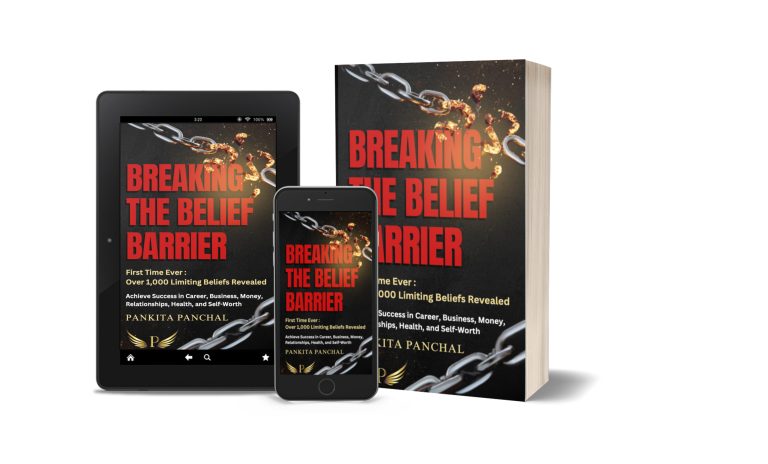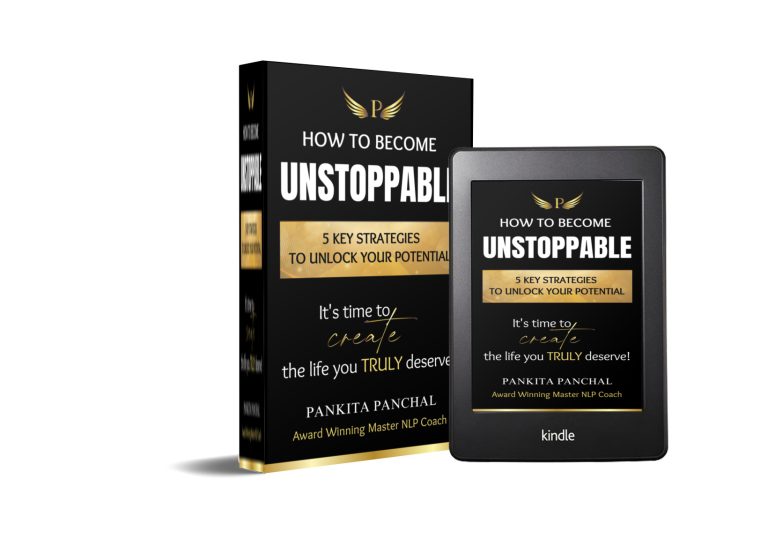Overthinking and Anxiety
Overthinking and Anxiety: The Fast Track to Relief Introduction: Do you often feel overwhelmed by anxiety, trapped in a cycle of overthinking, exhaustion, and emotional paralysis? If you’ve tried to manage it...

Do you ever feel like no matter how hard you push yourself, you’re constantly falling behind? Perhaps you’re overwhelmed by the endless demands of work, family, and life, and even when you try to relax, you can’t fully switch off. If this sounds familiar, you may be on the road to burnout.
But what if the real issue isn’t just external stress or your workload? What if the true source of your burnout lies deeper—within your emotions? Issues like anxiety, guilt, fear, trauma, and unresolved sadness may be silently fueling your overwhelm and exhaustion.
In my experience as a coach with a zero-failure track record, I’ve found that addressing these emotional barriers can prevent burnout and allow you to thrive both personally and professionally. In this blog, I’ll explain how emotional healing is the key to breaking free from burnout and reclaiming a life filled with energy, purpose, and joy.
We often think burnout comes from external pressures—deadlines, societal expectations, or a never-ending to-do list. But through my coaching work, I’ve seen that these external pressures only trigger burnout when we’re carrying unresolved emotional baggage.
Here’s how emotions like anxiety, guilt, and fear fuel burnout:
A 2022 report from the World Health Organization classified burnout as a medical diagnosis, often driven by workplace stress. However, stress is often a symptom of emotional wounds that haven’t been addressed. By healing these deeper emotional barriers, burnout becomes far less likely to impact you.
It’s essential to understand the difference between feeling overwhelmed and experiencing full-blown burnout.
Overwhelm occurs when the demands on you exceed your ability to handle them. You feel like you’re constantly falling behind, and no matter how hard you work, the to-do list never seems to shrink.
Signs of overwhelm include:
Burnout, on the other hand, is a state of chronic exhaustion that impacts your emotional, mental, and physical well-being. It’s not just about being tired—it’s a profound sense of detachment and depletion.
Signs of burnout include:
According to a 2023 study by the International Coaching Federation, 80% of individuals experiencing burnout also report lower self-confidence and difficulty reaching their personal and professional goals.
Many people try to fix burnout with surface-level solutions like time management, meditation, or affirmations. While these can offer short-term relief, they often fail to address the emotional root of burnout. Research from Harvard Business Review has shown that taking time off or trying quick-fix techniques doesn’t create lasting change because they only treat the symptoms, not the cause.
Real transformation happens when you address the underlying emotional barriers that are contributing to your burnout. By resolving issues like anxiety, trauma, and guilt, you can prevent burnout from happening in the first place.
My coaching is focused on helping people heal the emotional root of their overwhelm and burnout. Here’s how I help clients tackle these barriers:
Transforming Anxiety into Calm Confidence:
Anxiety can keep you in a state of constant worry and stress. Through targeted techniques, I help my clients shift from anxious thoughts to calm, confident action. This emotional transformation allows you to approach challenges without feeling overwhelmed.
Releasing Guilt and Embracing Self-Worth:
Guilt often pushes people to overwork and neglect their well-being. My approach helps clients let go of the guilt that tells them they’re “never enough” and embrace their self-worth. This shift allows you to work from a place of empowerment, rather than pressure.
Healing Trauma and Breaking Free from Fear:
Unresolved trauma can manifest as fear, avoidance, and self-doubt, which all contribute to burnout. I help my clients uncover and heal these emotional wounds, allowing them to move forward with clarity and confidence.
The Overwhelm-Burnout Cycle: Overwhelm and burnout often feed into each other. When overwhelm is left unchecked, it can spiral into burnout. At the same time, burnout can make you feel constantly overwhelmed, trapping you in a vicious cycle of exhaustion and stress.
Consider Rachel, a high-achieving executive who felt overwhelmed and burned out. She had tried every productivity hack, yet nothing worked. Through our sessions, Rachel uncovered deep-rooted guilt and anxiety linked to past experiences. By addressing these emotional barriers, Rachel was not only able to recover from burnout but also rediscover her passion for her career and personal life.
Identify Emotional Barriers:
The first step is to reflect on your emotions. Ask yourself, “What emotional patterns are driving my overwhelm or burnout?” Common signs include procrastination, avoidance, or people-pleasing, which often point to deeper emotional blocks.
Reframe Negative Beliefs:
Challenge the limiting beliefs that keep you stuck. For example, if you often think, “I’m not good enough,” reframe it as, “I am capable and deserve success.” This shift helps to change the emotional energy that drives burnout.
Set Boundaries and Prioritize Self-Care:
Burnout thrives in environments without boundaries. Start saying “no” to what drains your energy and create space for self-care. Regular rest, small achievable goals, and support from loved ones are key to preventing burnout.
Work with an Expert:
Emotional barriers are often deeply rooted and require professional guidance to overcome. Working with a coach helps you see blind spots, heal emotional wounds, and accelerate your journey toward recovery.
Burnout and overwhelm are not just a matter of external stress—they are often signals that deeper emotional issues, like anxiety, guilt, and trauma, need to be addressed. By healing these emotional barriers, you can free yourself from the cycle of burnout and create a life where productivity flows naturally, and you find true joy in what you do.
If you’re ready to break free from emotional barriers and achieve lasting success, contact me at [email protected].
Let’s start your journey toward emotional well-being and fulfillment.


Overthinking and Anxiety: The Fast Track to Relief Introduction: Do you often feel overwhelmed by anxiety, trapped in a cycle of overthinking, exhaustion, and emotional paralysis? If you’ve tried to manage it...
Unlock Clarity: Finding Direction in Life and Business Introduction: Why Clarity and Direction Matter In today’s fast-paced world, many people feel overwhelmed, unsure of their path, and stuck in a constant cycle...
Breaking Free from Procrastination: How to Stop Delaying and Start Doing Introduction: Procrastination is a challenge that almost everyone faces at some point. Research suggests that while around 20% of adults identify...
